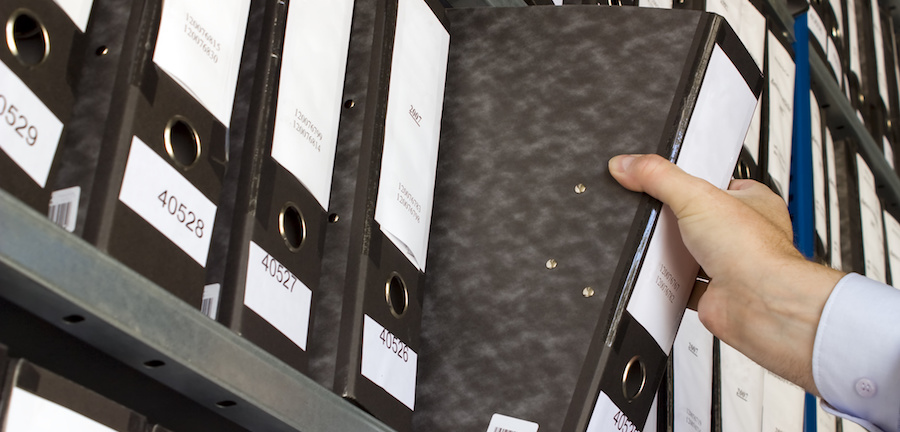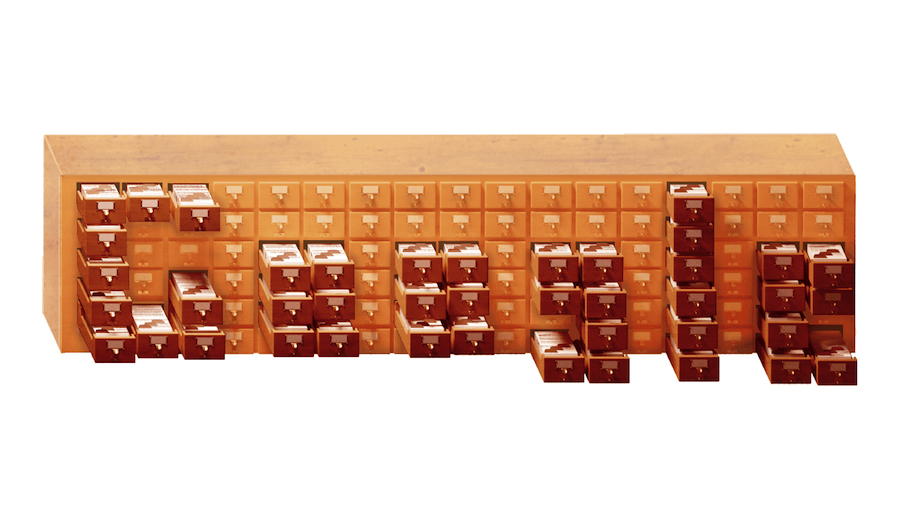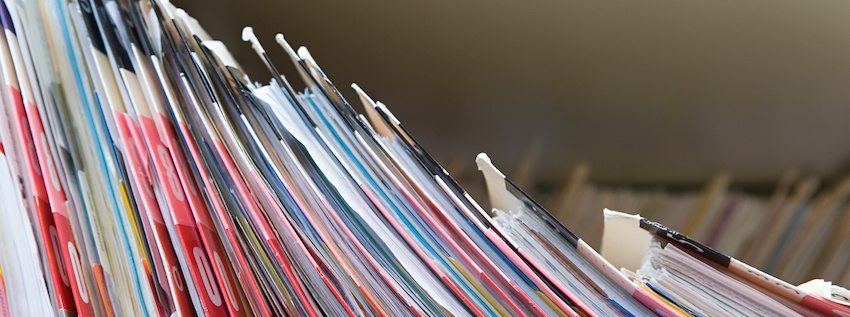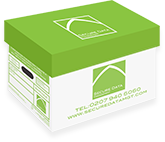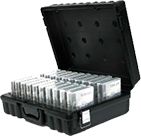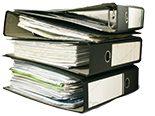Archiving your documents can be daunting, especially as it can often be difficult to establish an accurate starting point. If you have been neglecting your document archiving then the papers can pile up quickly. Before you know it, whether you work in a large or small organisation, you can have a mammoth task on your hands.
Performing frequent audits means that you are fully aware of the location of your records. The most effective way of achieving this is by logging all new documents prior to placing them into storage. That said, if you do have a sudden necessity to index and archive a backlog of important files, read our 10 top tips to successful archiving below.
1. Audit Your Documents
Before you can start boxing your documents, you should organise which ones you need to keep, which ones can be scanned and which ones need to be thrown away. You will waste valuable storage space by simply depositing all documents into a box without any consideration to whether the file is redundant. Be ruthless and decide which ones you need to discard, whilst also taking into account minimum retention periods advised by record type.
You should recycle the documents that you do not need to retain – keeping your carbon footprint minimal. Most quality document storage providers offer secure destruction as a standard service and if they do, make sure that the pricing for secure shredding is competitive.
2. Digitise Certain Documents
You may want to keep some documents but do not have to by law. It is best to digitise these so that they are taking up less storage space and you always have access as and when you need them. If you don’t have a high quality scanner then it may be best to consider a file storage provider who can perform this service for you.
At SDM, we offer an Electronic Document Management System, whereby your documents can be scanned and stored on the cloud with password protection and can be accessed anywhere within your company. Security permissions are robust and prevent access to confidential records, unless clearance is given.
3. Boxes And Your Documents
First of all, you should make sure that your boxes are durable. Weak boxes with heavy files and documents in will obviously not last long. You should also label your files and boxes. If you wish to be file managed, you should create a records database and each file that goes into each box should have a unique number (preferably in the form of a barcode). Each box should have a different number (also a barcode) and the database will show you what box a particular file is in. This way, should you need to find a file again it is simple process locating it.
4. Location
You should keep your files in a handy location, one close to your office so that if they are needed you can get them quickly. When starting up as a small business, an onsite storage room is often suitable for your initial needs. However, as your business grows so do your records – and they do so at a cumulative rate!
Considering an offsite solution is often wise if you think you will quickly outgrow onsite space, or even if you think the prime real estate could be used more effectively. SDM owns and manages archive storage facilities in London Bridge and within 2-hours drive of the city – so it is very easy to deliver boxes from either of our storage centres in minimal time.
5. Accessibility
Be sure that, wherever you choose to store your archives, they are easily accessible. The box labelling system should make them easy to find if stored onsite. Alternatively, if you outsource your document archiving solutions ensure that you can view your record details on an online platform and request rapid retrievals with this company.
SDM promises to have your files delivered to you the next morning at a time of your choosing (if ordered by 5:30pm the previous day), or if you order by 11:30 am your records will arrive the same afternoon. If you do choose to outsource your document storage, make sure that the provider can offer similar SLAs.
6. Store Similar Documents Together
Store all the documents that are related in the same boxes. Doing so will ensure that if you need a particular set of files, such as accounting records, you can gain quick access to them by looking up this index field and retrieving only what is necessary.
7. Know The Retention Dates
It is useful to know how long you should keep your documents in storage so that you can set retention dates to have them destroyed when you have held them for long enough. This is an essential best practice to avoid data protection breaches and to reduce archive inflation over time.
8. Safety – Trust Where You Are Sending Your Documents
You must be safe in the knowledge that your documents are being stored in a highly secure record storage facility, especially if you are sending private and important documents to a third party storage provider.
SDM’s main storage facility, just outside of London, is an ex-MOD bunker. It is bomb-proof, weather and fire proof. SDM also ensure 24/7 CCTV surveillance with alarms connected to external emergency services. If you are outsourcing your archiving, make sure to check the security of the premises.
9. Not Outsourcing Your Document Storage?
If you have decided to store your documents internally, make sure that your records are not stored on the floor, preventing unnecessary damage in case of flooding or pest infestation.
10. Recyclable Boxes
Cardboard is the most cost-effective type of container, however it can damage easily. To help sustain a low carbon footprint, be sure to use boxes that are 100% recyclable so that re-boxing items poses a minimal environmental impact.


